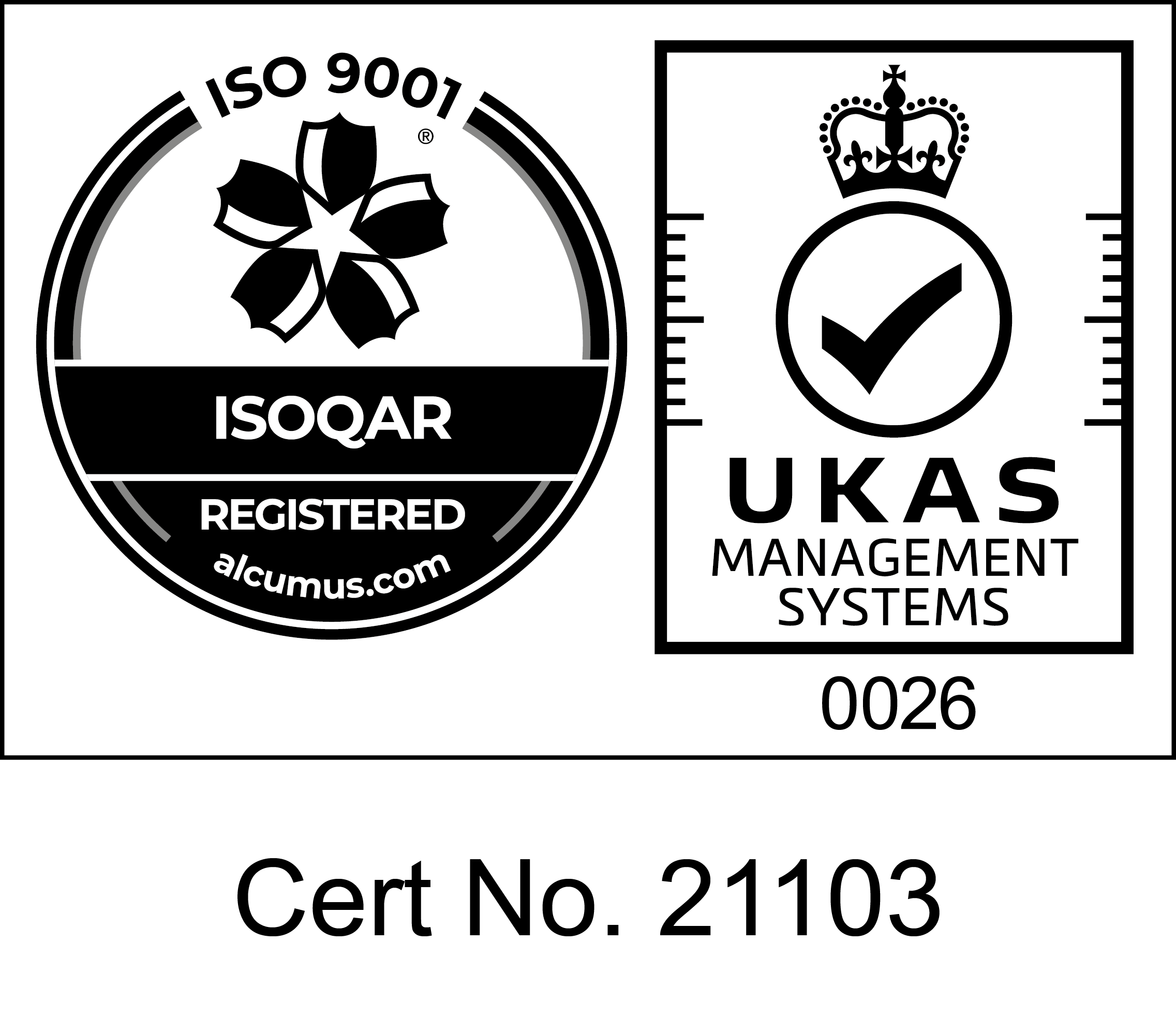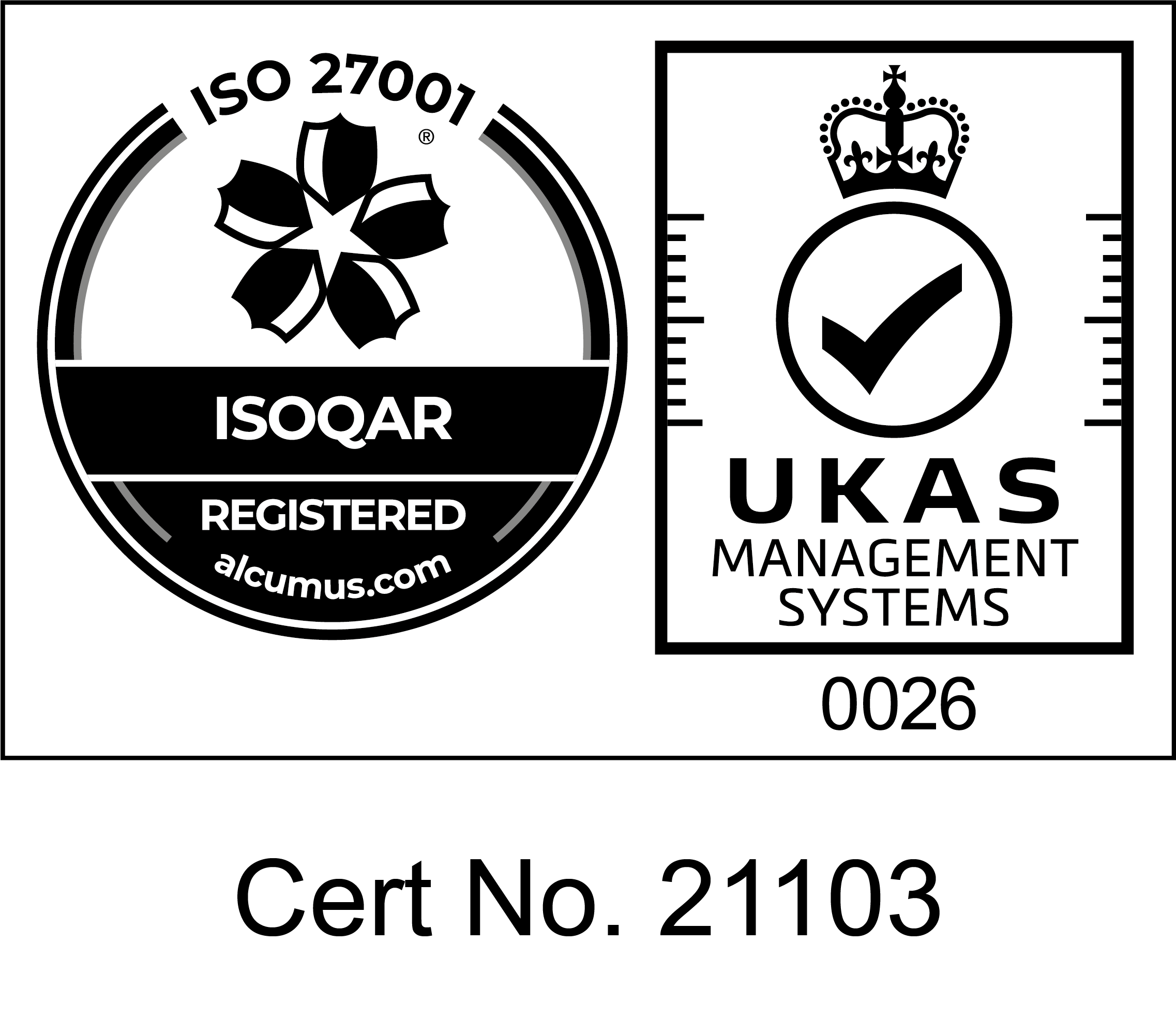There’s no two ways about it, Contract Lifecycle Management (CLM) is a complex undertaking - as you may have learned from Part 1 and Part 2 of this series. There are many moving parts, some mandatory, some optional. But what isn’t optional is the collaboration required to achieve effective contract management.
Understanding just what’s involved, why, where, when, how and how often, can take some doing - especially if the organisation or the people intended to be involved in CLM are new to the game. A look at our Complete Guide to Contract Management can be helpful here.
Gaining expertise in a contract management tool, assisting with its rollout across the organisation, adapting processes to take advantage of the capabilities of the system, and achieving buy-in across the organisation are all tasks that must be completed, and which may initially require significant effort in advance of a longer-term payoff.
The last in this Contract Management Strategy series takes a look at the process element of contract management and the strategies required to improve cross-team collaboration, ensuring that every area of the business is working towards the same goal.
If your people, processes and technology aren’t aligned, contract management processes simply cannot be built on a solid foundation. This can inadvertently lead to fragmentation, bottlenecks and risk."
Let’s take a look at four key strategies your business needs to execute to get the whole organisation working effectively and efficiently to achieve overall goals.
Strategy 1: Define your CLM policies and achieve buy-in
Policies are what organisations use to bring order to the way they operate and the processes that are put in place. They are an essential foundation for any organisation to have a realistic chance of achieving its goals and purpose.
A policy vacuum can lead to chaos and rabid autonomy, descending into ‘we do that this way here’ with localisation trumping globalisation. This can occur at various levels: business function, business unit, division, subsidiary, country or continent.
This strategy is about countering ‘not invented here’ and reining in the mavericks: giving CLM the best chance to succeed systematically and organisation-wide in delivering the expected benefits and value for money from active contracts while mitigating risk, all through the simple approach of a visible policy."
A declaration of senior management’s blessing, adequate resourcing and consequences for recalcitrance is essential for CLM to get off the ground and to deliver its potential.
Guided independence, the iron fist in a velvet glove approach, allows the various parts of an organisation to run their own race and do what they’re good at doing, but within the constraints of the top-level policies.
A policy-based approach lets the organisation’s parts get the advantages of being a member of a much bigger whole, like volume-based enterprise-level pricing, the efficiencies of a consistent way of doing things across the board and the benefits of standardisation in products and services used.
It also sets the boundaries of acceptable behaviour to reinforce the notion that actions, or in some cases inactions, have consequences.
An enterprise policy enabling CLM to occur organisation-wide but amenable to any required localisation, insisting on CLM’s adoption and tracking its progress, is the essential first step in building a CLM capability worthy of the name."
Be afraid, be very afraid if the CLM function is expected to service the entire organisation’s contract inventory and grow without the backing of senior management in the form of a clear policy. Creating a business case and achieving everyone’s buy-in is the first step to take.
Strategy 2: Focus on the important contracts
Freedom from choice might also count if there are few if any viable alternative suppliers for certain products or services.
Being the largest customer of a small supplier and vice versa could be an unpleasant frisson-inducing factor to consider. Based on anecdotal evidence, not enough qualified and experienced people are available in many organisations to deal with an ever-growing inventory of active contracts and suppliers.
This situation is almost universal and difficult to overcome for the organisations that have to date made a commitment of some sort to managing their contract inventory. At last count, these organisations made up a reasonably low proportion of all those that have contracts as the foundation of what they do.
This strategy deals with separating the wheat from the chaff. Since only a relative handful of all active contracts and suppliers can reasonably be subject to active management over their lifetimes, a fairly straightforward method of identifying just those important few is needed."
The information needed for the winnowing criteria should be readily accessible, and the criteria as easy to apply as is practical. Human judgement should be able to override the importance designation resulting from application of the criteria.
A CLM workforce exhibiting signs of overwork stress can a good indicator of the need to tighten up the importance criteria used to select contracts and suppliers for active management, to increase the CLM team size, or both
The most reasonable, and most adopted, approach to dealing with this shortfall in CLM capability has been to limit the size of the playing field. In practical terms, this means focussing attention on the subset of all contracts and suppliers that can be deemed as important.
Determining how to define key contracts has to start with consideration of the outcomes for the organisation if some kind of external event caused a contract to become inoperable or a supplier to be unable to deliver, for some minimum period or level of impact."
Scale might be considered next, where the size of the annual spend exceeds some minimum threshold or the breadth of products and services obtained from a single source really simplifies acquisition.
It’s important for the organisation to be able to establish the importance of contracts and suppliers, in terms that make sense in the organisation’s particular circumstances, that are readily discernible or calculable, and that are easy to understand.
Practically speaking, such terms cannot be cast in stone because there will nearly always be exceptions to the rule. Despite the criteria applying or not applying, judgement calls about a designation of importance might take the opposite view when factors outside the general rules are taken into account.
The factors and threshold values used to determine importance may need to change over time to cope with new circumstances, to minimise the designation of more important contracts and suppliers than can be reasonably managed, and so on.
Strategy 3: Identify opportunities for CLM process optimisation
As much art as science, a process is a series of steps undertaken to achieve a purpose. A step might be performed manually, using varying levels of automation, or any combination of the two.
Some steps can only be performed in sequence, others might be performed in parallel with progress to the next step in sequence waiting until all the parallel steps are done.
Methods are generally required to allow detection and reporting of the level of success and time taken in completion of each individual step and the overall process. Thresholds need to be set to allow success grading, and default actions prepared in advance for dealing with anomalies.
This strategy is about getting lean and mean: having nothing in excess of what is needed, achieved through simplification and elimination of any process steps that do not create value. This means doing enough to get the job done properly but no more."
Waste of effort, time and money, intent and ambition, is insidious. Optimisation is its nemesis, and it requires constant vigilance.
There are two measures that matter in a process:
- Effectiveness: doing the right things to deliver the desired outcome
- Efficiency: doing things right with the minimum of waste.
Achieving these measures is completely dependent on the people who’ve designed the process, the people involved in delivering each step, and the technology that’s available to help at each step. Any shortcomings can quickly become apparent when a process initially meets real life. Steps can be awkward, missing, too simplistic, overly complicated, redundant or just unachievable.
Some steps might not deliver the environment needed for subsequent steps, or they may fail because the expected environment the process was designed to operate in was changed without notice during the process design stage.
Bottlenecks can occur if too many steps involve too few people and no escalation path has been provided to deal with delay exceeding a trigger point.
Possible optimisations can include using newly available CLM software and automation tools to eliminate, simplify or perform some previously manual steps, allow development of new steps that are currently not possible manually, or increase the parallelism of some steps to reduce overall process time.
Any process optimisation requires at least a thorough understanding of:
- Why things are currently being done the way they are
- Who is involved in the process and why
- What performance targets and thresholds apply and their suitability
- What process issues are raising what level of concern
- What changes might be mooted in the environment and general ecosystems the process operates within.
Good, current documentation is a necessity, and its lack in either dimension should be unacceptable.
Be advised: process optimisations are just as susceptible to the law of unintended consequences as anything else in life. This can result in an intended simplification being anything but, a process grinding to a halt when the automation inevitably fails and manual workarounds are missing, de-bottlenecking simply shifting the problem to the next weakest link, and so on.
Strategy 4: Acknowledge every contribution
When all your policies are defined and your processes are running smoothly, relevant departments across the organisation will naturally contribute to effective contract management. But with so many moving parts, it can be easy for teams to lose sight of the bigger picture.
The CLM function, or perhaps the Legal Function in smaller and medium-sized businesses, typically has goals related to minimisation of contract risk, maximisation of benefits realisation and value for money from contracts, and so on.
The individual business functions and their people who own, operate and use the organisation’s contracts have a significant role in determining whether or not the CLM function has achieved its goals.
This is done by inviting business functions to participate in many of the CLM processes and activities including:
- User satisfaction surveys
- Supplier relationship management meetings
- Commentary on the effectiveness of and optimisation opportunities for those processes and activities.
All such participants have their regular day jobs, targets and priorities to contend with. Whether they volunteer to participate or are volunteered, their involvement is crucial to the success of the organisation’s CLM efforts.
There is no substitute for information straight from the horse’s mouth, whether good, bad or ugly, to illuminate how well both the CLM function and the contracts of interest to the involved business functions are performing.
Wrap-Up
There’s a common expression to the effect that teamwork makes the dream work. An effective CLM function that actively seeks participation by stakeholders is the living embodiment of that concept.
By aligning your policies, processes and people, you will be able to identify the strengths and weaknesses that currently exist in your contract management strategy. Depending on the maturity of your organisation, a dedicated CLM solution will help you to optimise processes and gain maximum value from your contracts.
It’s important to note that even if your organisation is entirely aligned, a new system will require buy-in from each department that will need to use it. A system can only ever be as good as the people who benefit from it..
To discover how Gatekeeper can help your business to collaborate across its key contracts, optimise processes and ensure that everyone is working within set policies, get in touch today.























%20(1).png)